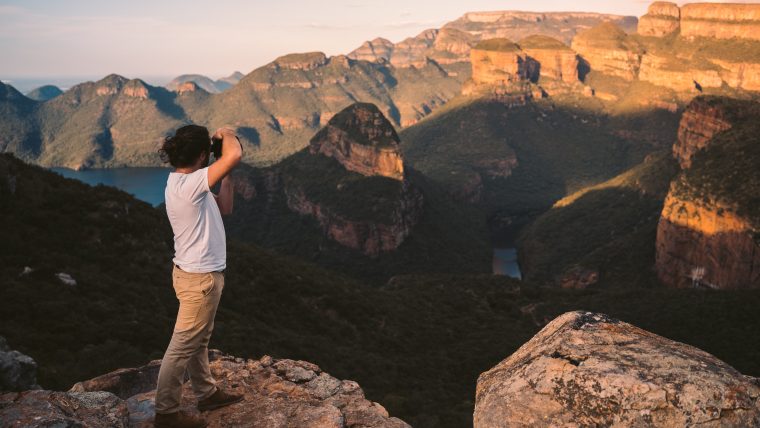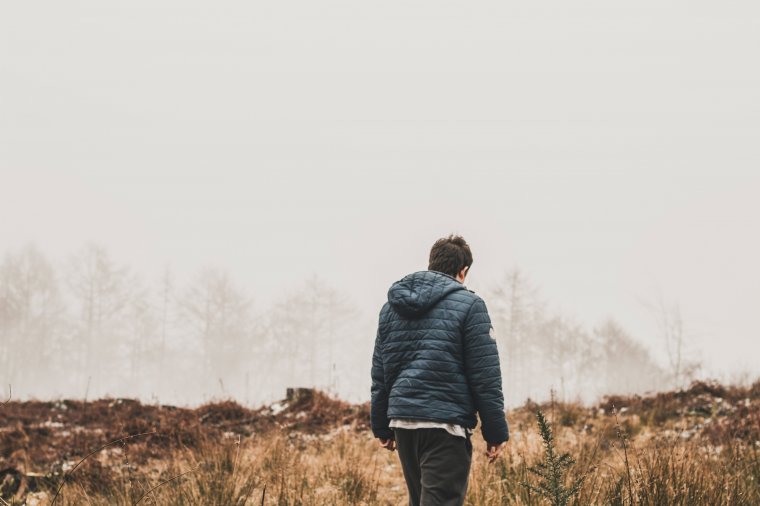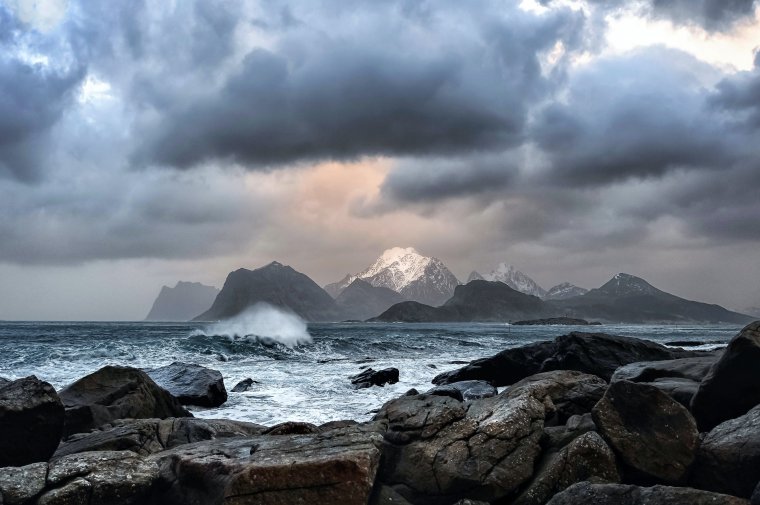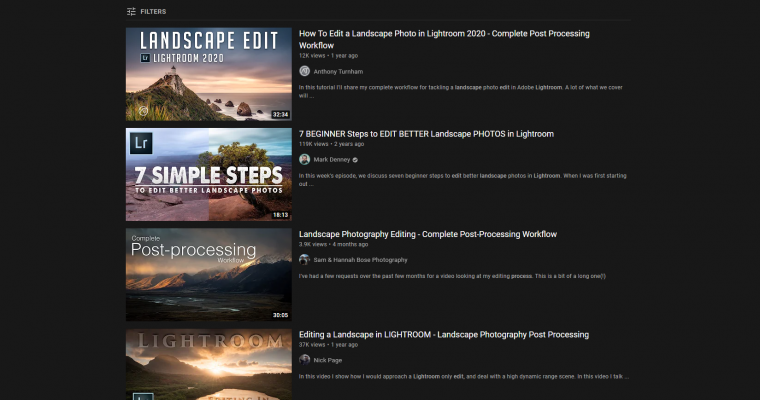
Whether you are a seasoned landscape photographer or just starting, some practices are common to both as we all tend to view them as common sense. But what if those said practices end up hurting our performance? Today, we’re going to discuss some habits you need to discard asap to improve your skills as a landscape photographer. Without further ado, let’s get started!
Table of Contents
We indeed need to be mindful about how and where our equipment lies (especially if you don’t have it insured to prevent any damage or theft). Truth is that carrying around a big bag filled with lenses, camera bodies, and your tripod is tiresome. You can also experience discomfort on your cervical muscles due to constant strain, or your shoulder, depending on if you carry a backpack or a messenger bag. Instead, why not take – say – 2-5 minutes before unpacking your gear and simply exploring the area.

Photo by Tamar Willoughby from Pexels
If you travel by car to the location planned, leave the bags inside your vehicle and simply walk around the area. Carry your smartphone with you, or a light meter, to evaluate the conditions.
Those extra 5 minutes you might be taking are grounding you to appreciate the scene. Instead of constantly worrying about the gear it’s just you and nature. Then you may say: what if you don’t travel by car or the location is insecure? If that’s the case, consider asking a friend to come along. In case that’s also not possible, just put the bag and walk around nearby; grab it as you move further away from it.
By doing this commonly accepted practice you are neglecting one key aspect of photography: uncertainty. If your equipment isn’t weather-proof and you don’t own protective gear, there’s no discussion on going out for a huge storm. However, if you invested a bit extra, consider the adventure element and don’t ditch the chance of a stormy session. It’s not only a perfect chance to test your skills in different weather conditions but also can boost your creativity.

Photo courtesy of stein egil liland
Some of the best apps that can help plan your sessions are:
This topic is often discussed. Whereas you can see tons of packages offering ND Filters, CPL Filters, UV Filters plus also tinted filters, the last ones won’t turn your photos into NatGeo covers.
We’ve discussed here the importance of carrying just the essentials for your landscape sessions. And also why tinted filters are entirely rubbish when you can apply the same effects with post-processing software like Lightroom or Photoshop. Instead, invest that extra time in learning quality skills to post-process your images (YouTube is filled with tutorials if your budget is tight), or also train yourself to take sharper photos.

The best quality you can get out of the original photo (and please take it in RAW formats), the better. It’s amazing the amount of edits one can accomplish during the post-production stage, almost equalling to take an entirely new mood.
Related to the previous habit, one common beginner mistake is to work under destructive mode in Photoshop while performing post-production sessions. By saying this, I’m referring to those that alter the “Background” layer in Photoshop when they load an image instead of just using the CTRL+J shortcut and create a copy of said layer, so you can always browse the original.
A non-destructive workflow is key not just to preserve the original but also to allow us to explore different versions of the edits we’re creating. One fine example of this is working with virtual copies inside Lightroom. You can create one entire post-production setting for one photo, then create a virtual copy and review it later on. As silly as it may sound, it’s ideal for those seasons in which we feel stuck due to overexerting ourselves, or we simply don’t get the proper mood out of the scene.
You can create 2-4 copies of a photo, post-produce them, and compare the results by exporting. That second culling process can certainly benefit your final result if you’re getting ready for a photography contest.
And I put an emphasis on everything! Some photographers believe that the only method to guarantee a quality session is like teleporting your entire studio to the location place, and that’s just nutters. Not only you’re losing time, effort, and risking expensive gear, but also it’s entirely unneeded.
This syndrome is a consequence of what Jordan mentioned in our podcast as “Gear Acquisition Syndrome” – in other words, believing that getting new gear can broaden your skills as a photographer. The reality is quite the opposite, as you just need these three-four lenses with you:
And nothing else from lenses! Just your bag, the tripod, some basic filters and spare batteries. If you consider you need some lighting help – especially if the landscape session involves portraits – then be my guest to carry extra umbrellas, otherwise no.
Limiting your options for gear will boost your knowledge of what you can get out of each lens. You may feel frustrated at first, but in the long run, is totally worth it.
So, these are the 5 habits I consider you need to ditch as a landscape photographer the sooner the better. What is your personal selection? Take your time and leave your suggestions in the comments below. See you next time!
Comments (0)
There are no comments yet.